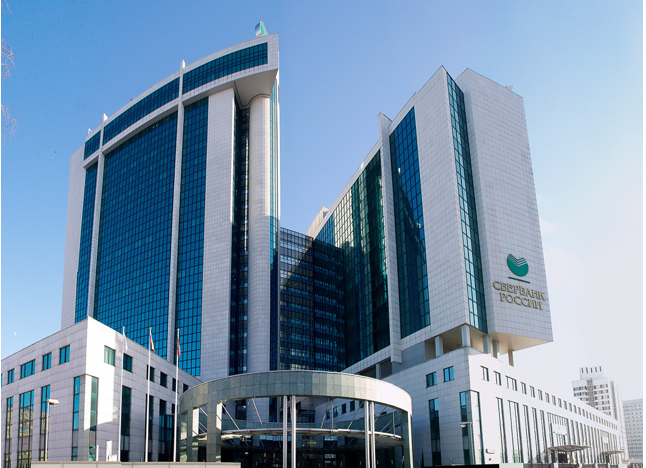– Anna Mishura and Svetlana Ageeva
Financialization as a global process can take on specific forms in economy with a state that has signs of authoritarianism. In Russia the state-led financialization has been taking place largely through the domestic banking sector and the realm of “digital financialization”. It manifests in growing financial inclusion, digitalization, remote access, non-cash payments and expansion of debts of households and firms. In our paper, we discuss three interdependent processes (or, rather, in the three aspect of the same process), which are defining parts of the state-controlled “financial vertical”. These are:
- concentration — an increase in market share and importance of the largest banks vs. medium and small banks;
- geographical centralization — an increase in market share and importance of Moscow-based banks versus regional banks;
- nationalization — an increase in market share and importance of state-controlled banks and other financial institutions vs. private banks and banks with foreign capital.
Sberbank, the main Russian state-controlled bank, which holds a super-monopoly position, characterizes these processes well. Its share in the banking system assets is increasing and approaching 30% and of all banking branches almost half are Sherbank’s. Several other large, mainly also state-controlled banks and banking groups paint a similar picture. This institutional structure creates an almost total state dominance in all segments of the financial sector with a lack of diversity and competition, especially for clients on regional financial markets outside Moscow.
As a result, despite clear signs of financialization, many key segments of financial markets remain underdeveloped. “Digital financialization” is the aspect of financialization in which the state supports the development and encourages the application of new technologies to permeate markets. The development of non-cash payments and digitalization facilitate the state’s ability towards surveillance and transparency of economic agents, create additional income for the largest banks, most of which are state-controlled, and generally further the logic of the state “financial vertical”. New technologies are actively used by the largest state-controlled banks to crowd out smaller, private and regional financial market institutions.
The lack of competition and the distorting influence of the state are reasons why economic agents in such an economy may ultimately have limited access to financial resources and limited possibilities to save and invest. High costs of financial resources and services against the background of high profitability of the largest banks are now the reality in Russia.

Picture: Headquarters of Sberbank in Moscow (source: Ilya Varlamov, https://varlamov.ru/1403487.html); it is one of 14,000 Sberbank’s offices
